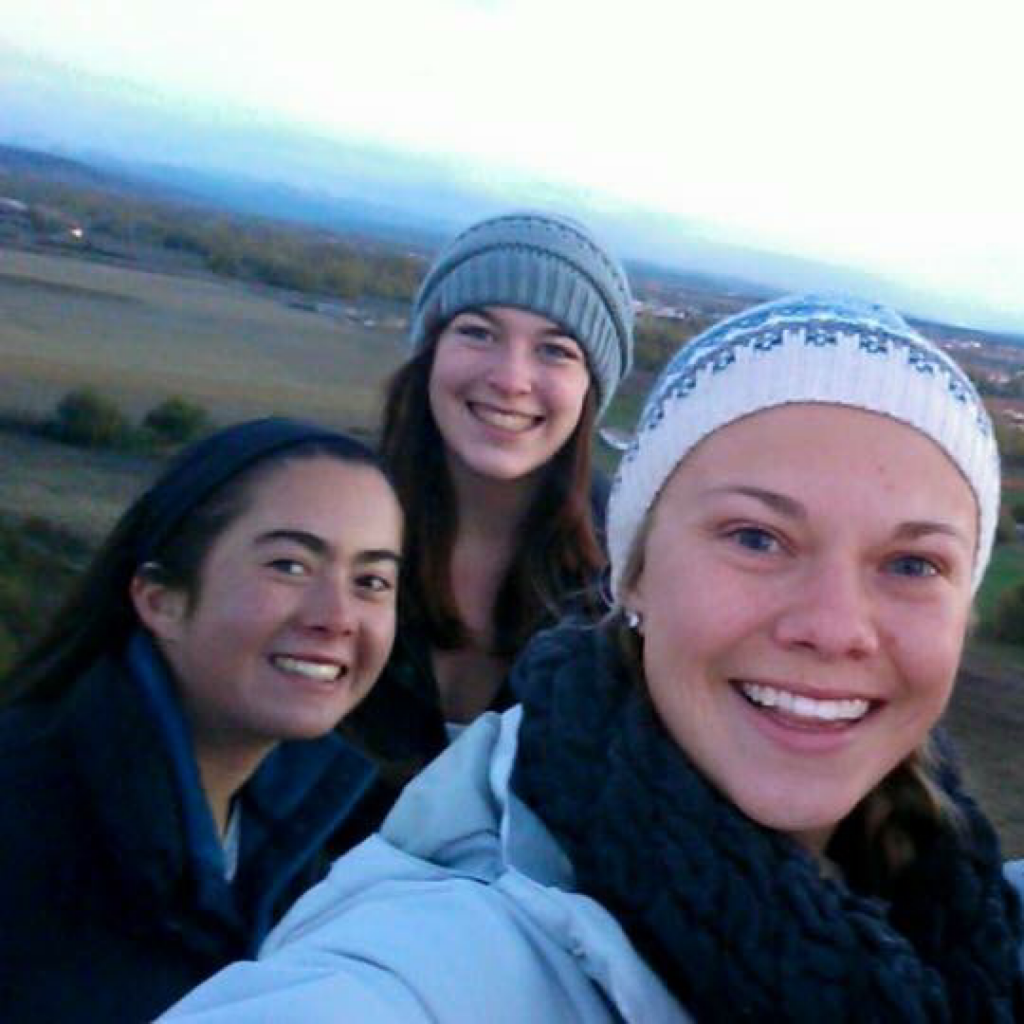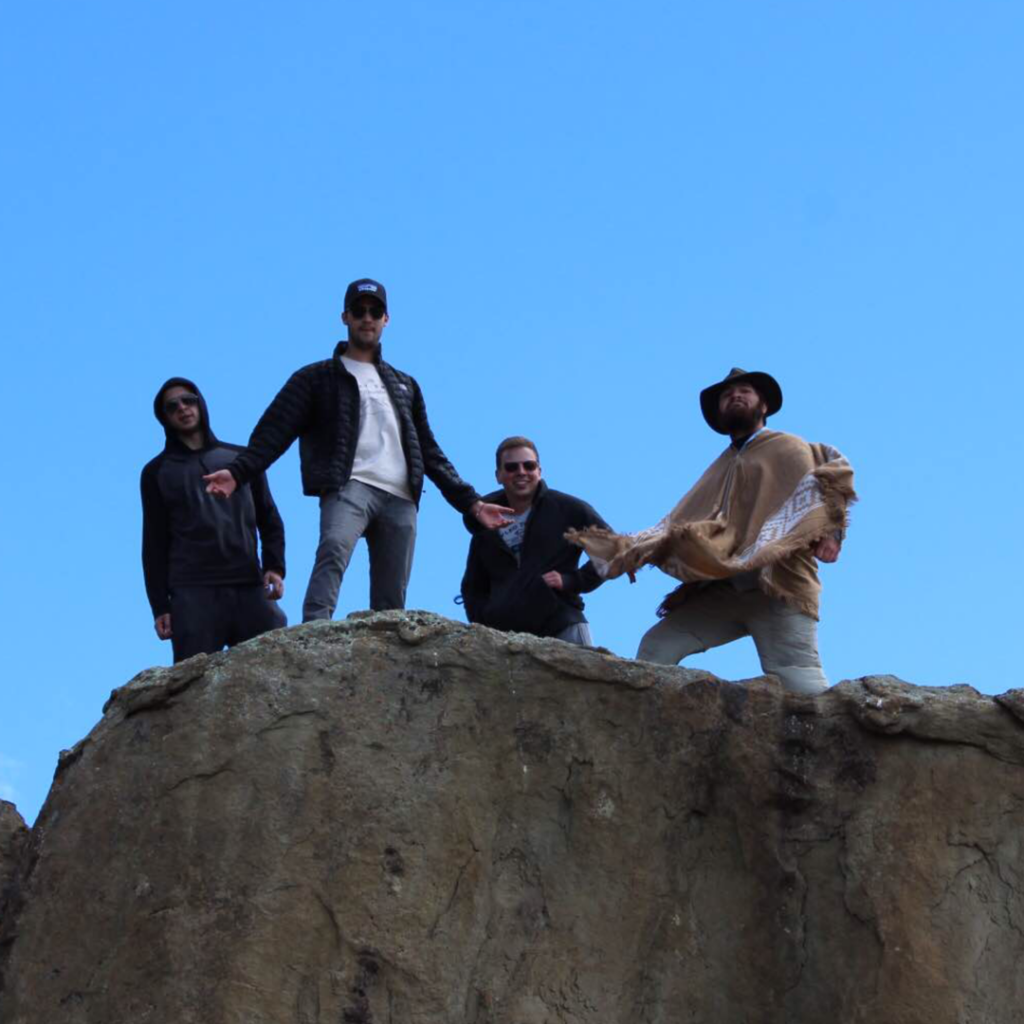If you go out to the narrow roads, passageways, and alleys that make up a Spanish town between 2 and 5 in the afternoon, you will find the normally crowded …
Archives for January 2017
Three Schedler Honors College students named semi-finalists in Fulbright competition
One student and two alums in the Norbert O. Schedler Honors College at the University of Central Arkansas have been named semi-finalists in the 2017-2018 …
Winter in Argentina by Justin Stanley
On December 26th I woke up a day after a good Christmas celebration with my family to leave for South America. My mother and brother dropped Rafael and me off …







